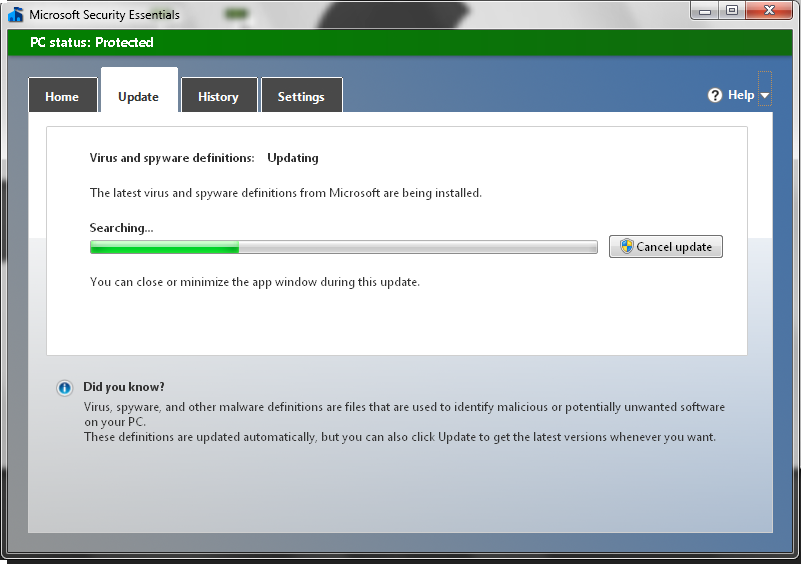
Windows Defender Offline was originally called Microsoft Standalone System Sweeper. The result was Windows Defender Offline could do a more complete job of cleaning things up. You would then boot from it and run Windows Defender without having to run the copy of Windows installed on your machine.īooting from something other than your hard drive bypassed any malware possibly present on your machine. Windows Defender Offline was a version you could burn to a CD or install to a USB thumb drive. The resulting security solution would be Microsoft Security Essentials with no Windows Defender.īut we’re not done with the Windows Defender name. Because this additional tool also included an anti-spyware tool, it replaced Windows Defender. Microsoft Security Essentials, which I’ll talk about in a moment, was a common solution. With Windows 7, you needed to install an additional anti- virus tool. In Windows 7, a tool called “Windows Defender” was only an anti- spyware tool. Sadly, we’re not done with confusion just yet. Yes, it’s confusing, but I think it will eventually coalesce under the “Windows Security” name. One clue is that you can also get to this via the “Advanced Settings” in the Windows Security app’s network settings. My belief is that this represents a portion of the software that hasn’t yet transitioned to the new-name interface. Click that, and you’ll bring up the full Windows Defender Firewall interface. Windows Defender #2Īs you can see from the search results above, the first item is “Windows Defender Firewall”. One of the other search results, however, will not be. If you click Start and start typing “Windows Defender”, one of the search results will be Windows Security. The Windows Security app collects all the security tools in one place, and in a sense, Windows Defender is just one of them. It didn’t include everything currently in Windows Security, focusing mostly on anti- malware related tools.

Windows Defender was the security software included in Windows 10 for several years. What was once called “Windows Defender” in Windows 10 (and Windows 8) is now “Windows Security”. It’s a one-stop location for all your Windows 10 security needs. Windows Security includes anti-malware scanners and tools, tools to secure your Microsoft account, firewall and network-related protection, and much more. You can also access it via the “Update & Security” section of the Settings app.

You can run this app by clicking the Start menu and typing “Windows Security”. In current versions of Windows 10, all security-related items are contained in the “Windows Security” app.


 0 kommentar(er)
0 kommentar(er)
